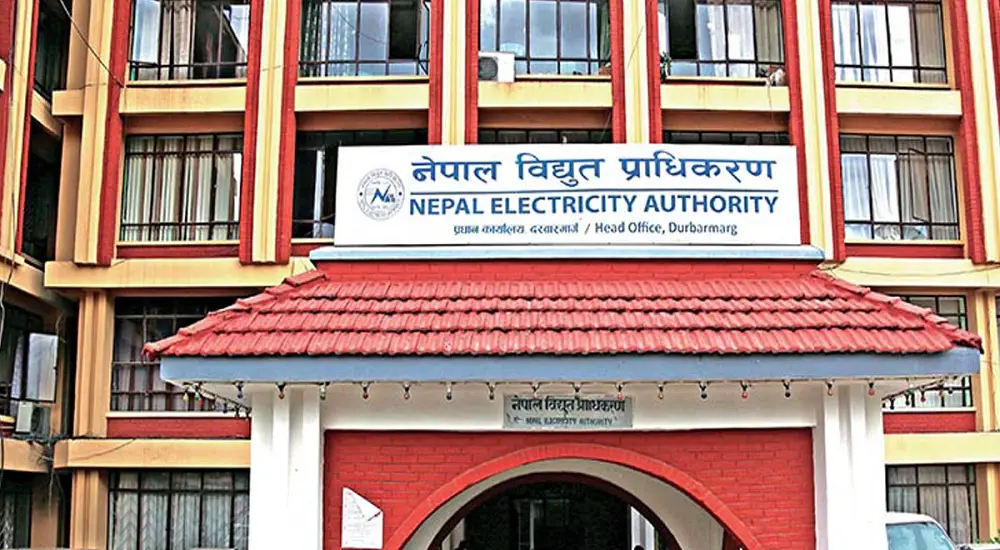Nepal Electricity Authority (NEA) has started its second phase of smart meter installations. The authority has completed the first phase of the project installing the next-generation power usage meter for 98 thousand households. It has 55 lakh customers across the country.
The second phase of the smart meter project started after installing 98 thousand of smart meters for residential customers (single-phase) in Ratnapark-Maharajgunj Distribution Center. At the same time, 70 thousand of traditional meters with 3-phase connections have been replaced with advanced smart meters.
Pinggao-Wisdom JV acquired a 1 billion worth of contract to install 98 thousand smart meters in 2019 AD. NEA is now accelerating its project around the country. Smart meters will bring remote operation and better customer service over traditional analog meters.
The authority is now working on the cost, and design for the project. Soon, a tender will be called for the second phase of the installation works to install single-phase connections, Distribution and Customer Service Directorate Chief Manoj Silwal said.
NEA Smart Meter also replacing the three-phase lines
3-phase meters are also being replaced. In the first round of the upgradation, 70 thousand customers’ analog meters were replaced. A tender has been rewarded to a Chinese company for the second phase of work on these connections. NEA will install 1.5 lakh smart three-phase smart meters in the second phase in the next five years. At the moment, the meters are being manufactured after finalizing the design work.
With the smart metering project, NEA will bring the next-level power management in the country and help customers gain better control over their power consumption. Smart meters will allow NEA to cut off the line over the air if needed as data can be transmitted wirelessly via radiofrequency.
NEA’s smart metering project is supported by the Asian Development Bank’s concessional loan of 94 crores. So far, the electricity authority has completed the installation of smart meters for 72 thousand of households. There is a total of 97 thousand customers in those areas.
Don’t miss: NEA Launches NEA Charge App for Charging Station | Features
NEA’s Frequency Dilemma
Smart meters come equipped with an RF module underneath which records data and transmits them via GPS, WiFi, cellular networks, non-cellular IoT, or other connectivity options. The authority can view these recorded data at their offices remotely. However, the NEA’s frequency dilemma could subdue the whole efficiency of its smart meter project.

NEA has called for utility frequency in the range of 393 to 398.5 Hz from Nepal Telecommunications Authority. The issue, however, is that NTA is expecting Rs. 2 billion annually. NEA, on the other hand, maintains that utility frequency should come free as per international practices.
Due to this ongoing conflict with the telecommunications authority, NEA may even scrap the idea of remote data collection over the air and instead deploy meter readers as usual. For the time being, NEA has mobilized both GPS and meter readers to record data as per convenience.
Read: NEA To Implement E-Voting System In Its Upcoming Election.
Benefits Of Smart Meters
Smart meters bring to customers and the NEA a host of functions and features to keep track of power consumption. It supersedes the preceding analog meters behind with very convenient pros such as the below.
- Customers can pay for electricity and receive information on an app.
- They can monitor the power consumption history on their smart meters in the records.
- One key advantage is that customers with solar panels can sell the surplus power to the NEA.
- Customers can monitor their power consumption in real time.
- NEA can collect meters’ records remotely at their offices.
- NEA can also cut off the power supply remotely if needed.
- The customers will have better control over their power consumption.
Check out: Top Online Shopping Sites in Nepal
Having a smart meter set up in households will bring a lot of conveniences to the residents. Not only can they check on their power use in real-time, but they can also sell the surplus from Solar to the NEA.
Soon, smart meters will be coming to your hose replacing the dated analog meters. What is your opinion about it? Let us know in the comments below.



